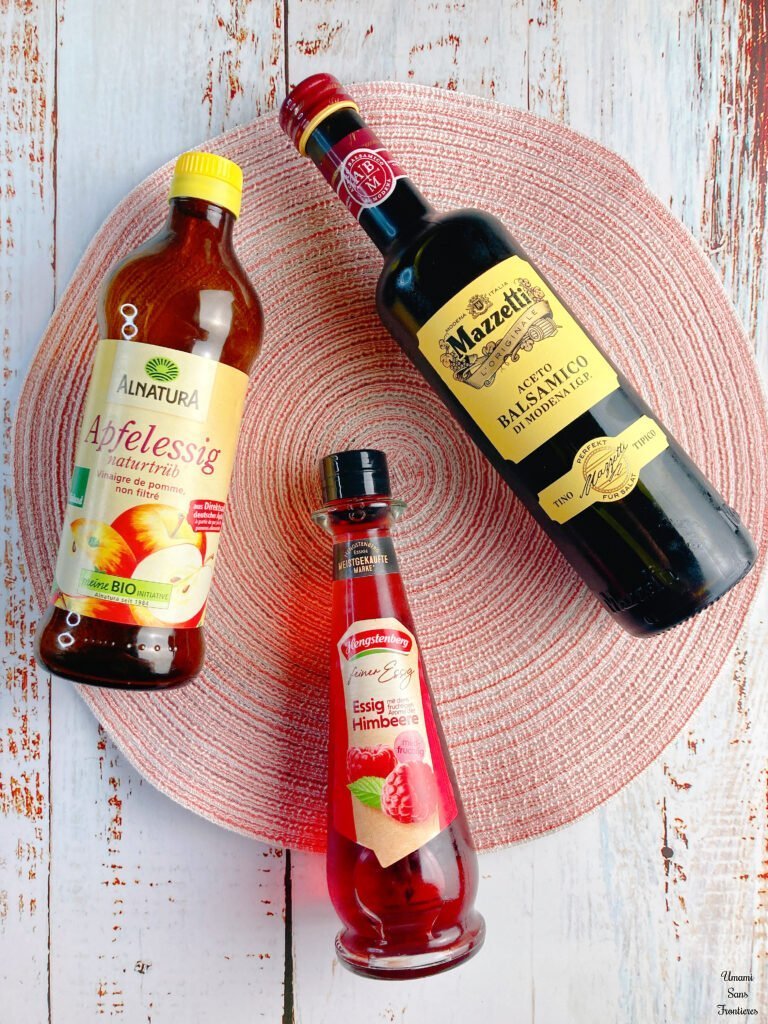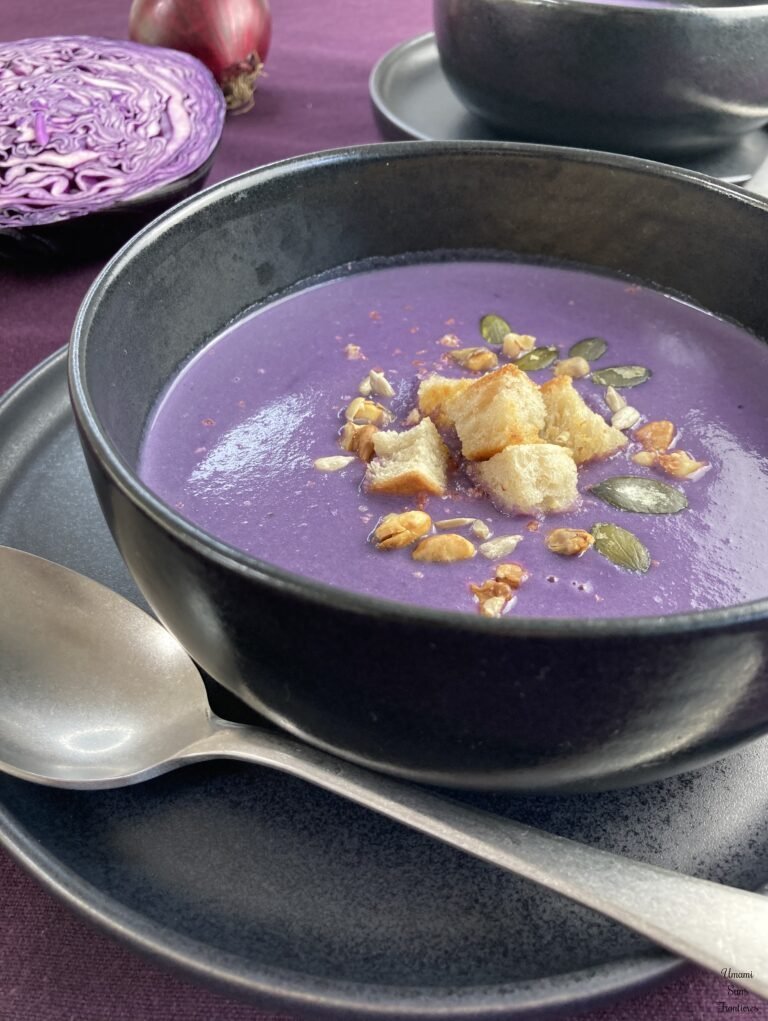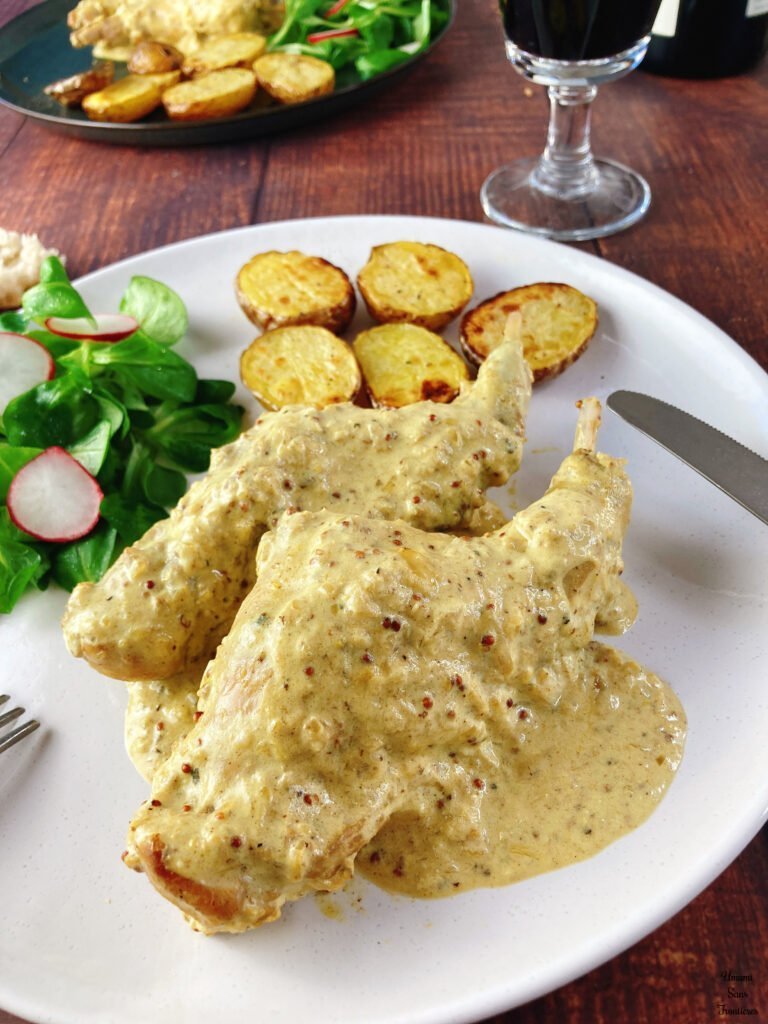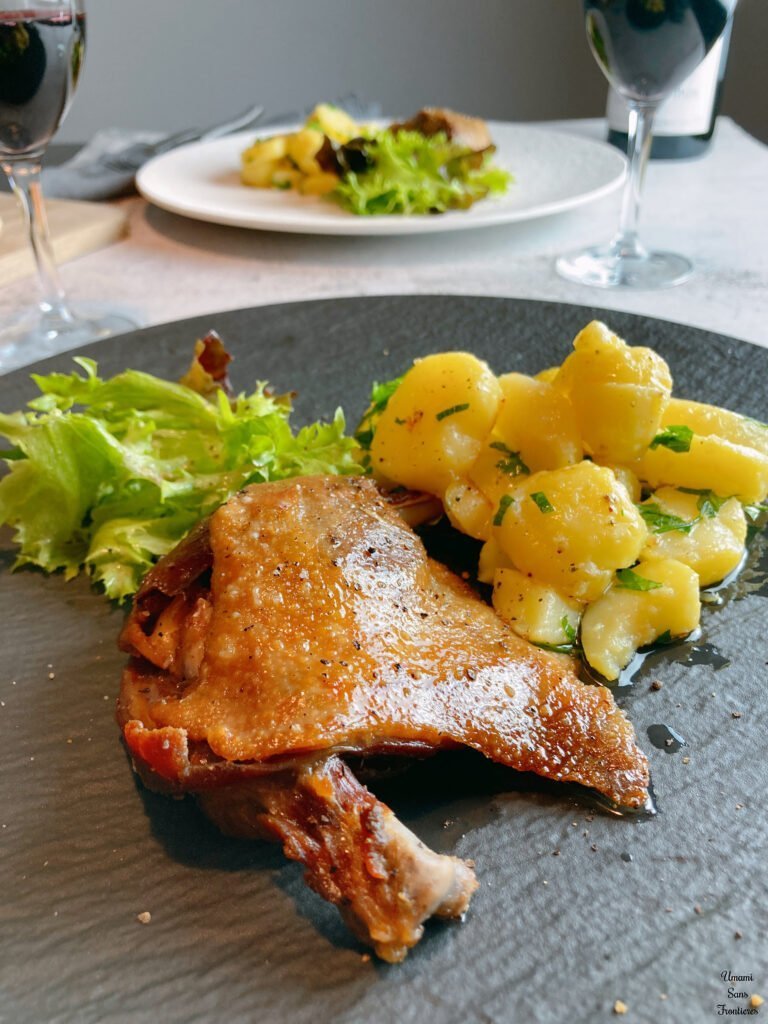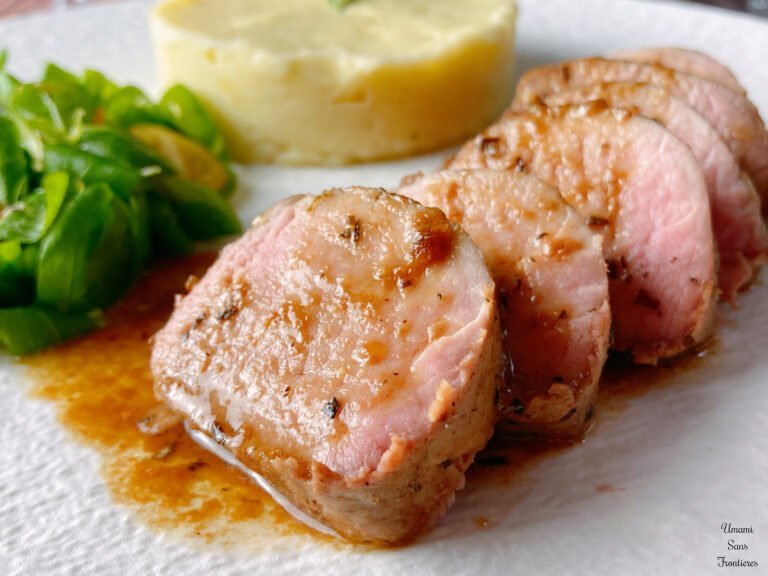A splash of vinegar can instantly brighten a dish, adding depth and balance to the flavors. Today, I’d love to share my three favorite vinegars that I use on a daily basis. I’ll also tell you what makes each one special and the dishes they pair with best.
1. Apple Vinegar (Apfelessig) 🍏
The one in the photo is an organic German apple vinegar, with a mild and natural acidity that I love.
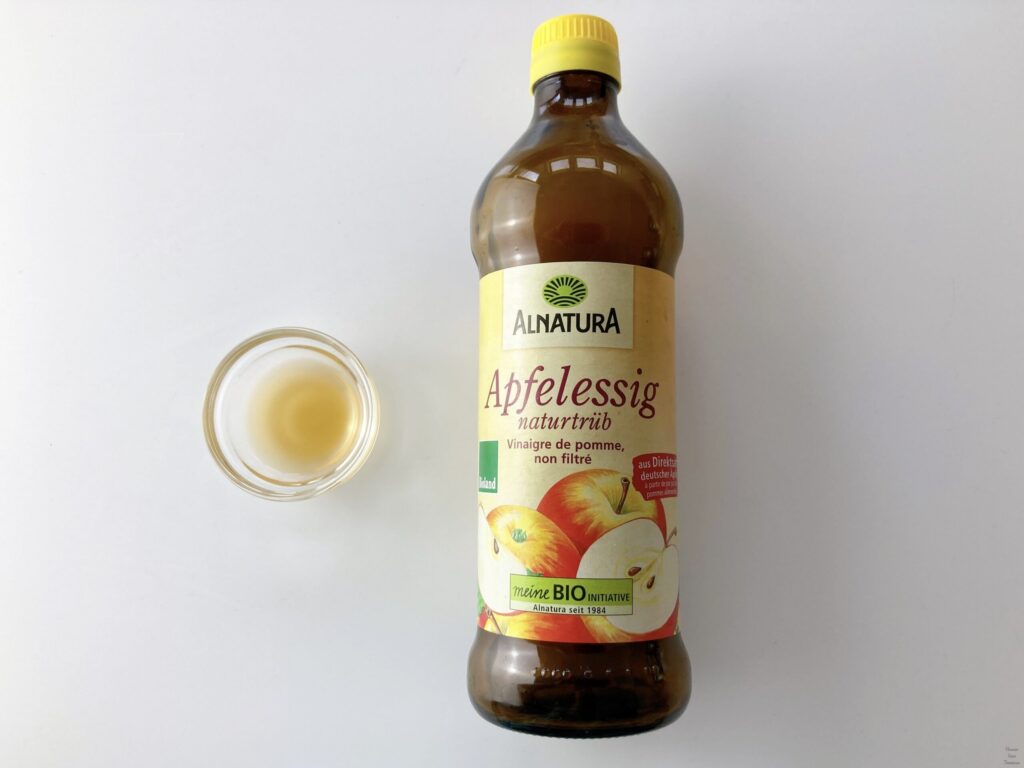
Apple vinegar has been a kitchen essential for me since I lived in Japan. It’s said to help with digestion, stabilize blood sugar levels, and even has antibacterial properties—so I like to incorporate it into my daily life. Sometimes I dilute it in water and drink it before or during meals, or I even use it as a natural gargle when I feel a sore throat coming on. It’s just a simple home remedy, but I feel good knowing I’m using something natural. Especially when it’s a high-quality apple vinegar, it feels safe to enjoy every day.
How I use it:
This is my go-to vinegar for making salads—many of the salad recipes I share on Umami use apple vinegar. For example, my cucumber and feta salad wouldn’t be the same without it. I also add it when making German-style Rotkohl(braised red cabbage). The gentle sweetness of apple combined with its mild acidity enhances the natural sweetness of the cabbage, creating a flavor my kids enjoy too. It’s my little secret ingredient!
👉 German-Inspired Cucumber Salad with Feta and Mint
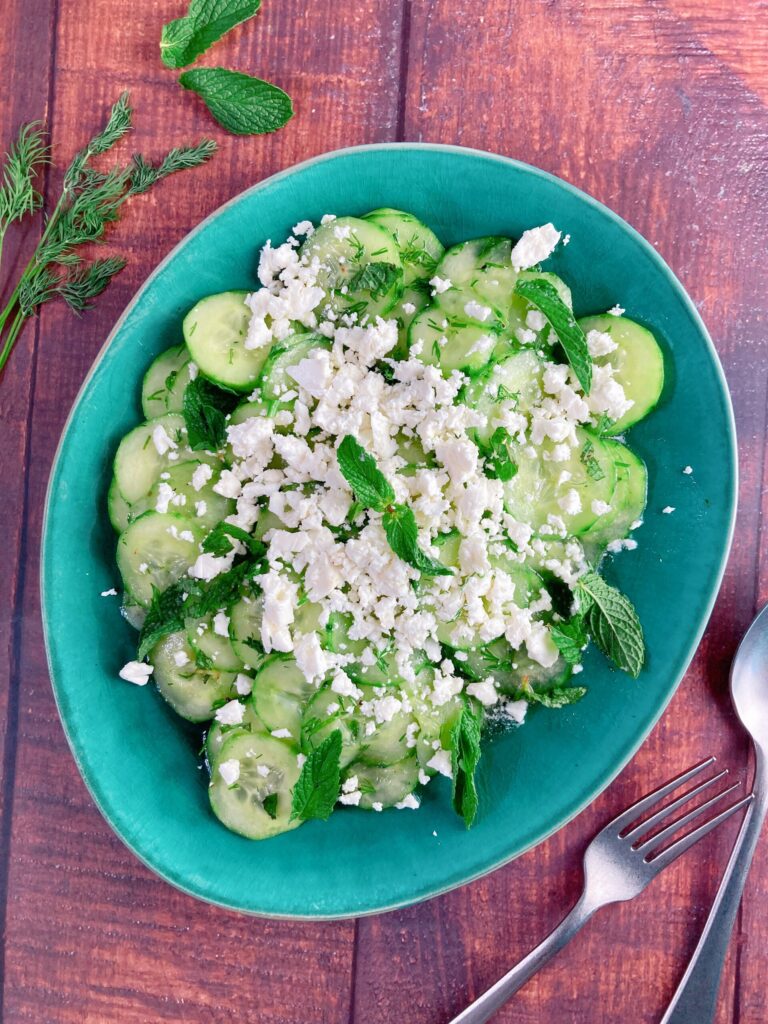
👉 Rotkohl
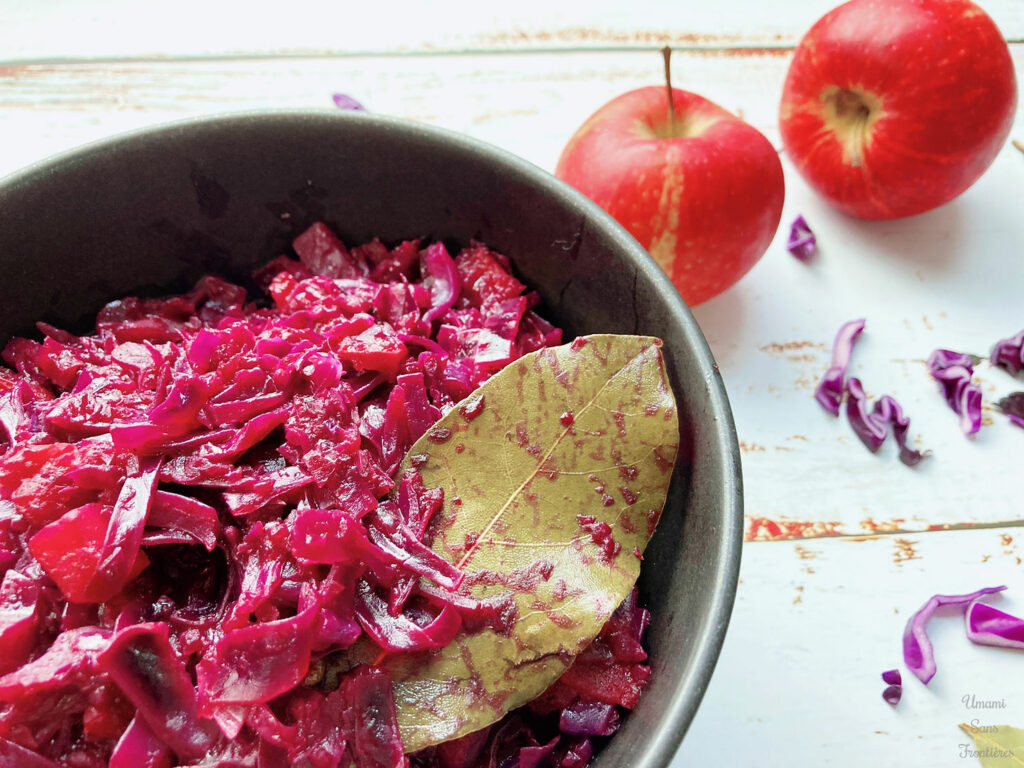
2. Raspberry Vinegar (Himbeer & Essig) 🍓
Raspberry vinegar has a fresh, fruity aroma that instantly makes any salad more vibrant.
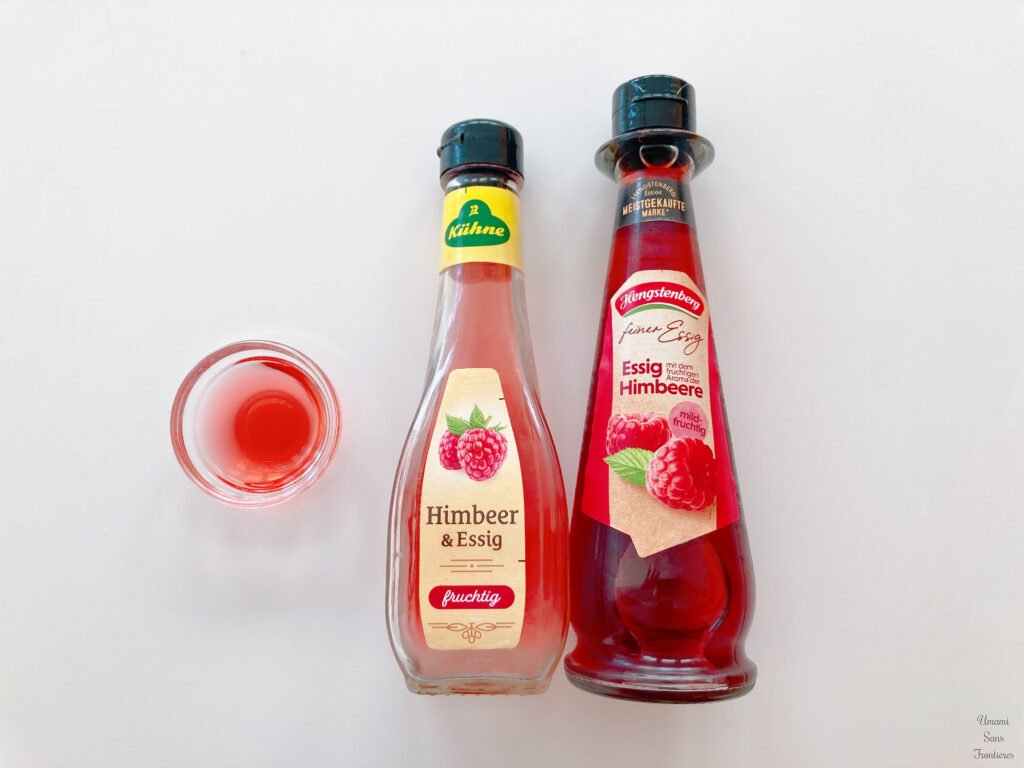
How I discovered it:
I first learned about this vinegar from my French mother-in-law when she made a simple mâche (lamb’s lettuce) salad. The dressing included raspberry vinegar, and I was completely captivated by its light, fruity fragrance and the gentle sweetness beneath the acidity. At first, I thought this vinegar was something unique to France, so I was delighted to find it here in Berlin, too!
A small health bonus:
Raspberries are rich in polyphenols, which have antioxidant properties—making this vinegar a nice choice for anyone who values wellness and beauty. The aroma itself has a relaxing effect, and I feel like even a simple salad turns chic with just a drizzle. 😅
How I use it:
Perfect with baby greens or mâche, topped with cherry tomatoes, walnuts, and cheese. It also pairs beautifully with chicken glazes or fruit-based marinades.
👉 Raspberry Vinaigrette & Lamb’s Lettuce Salad – French-Inspired Favorite
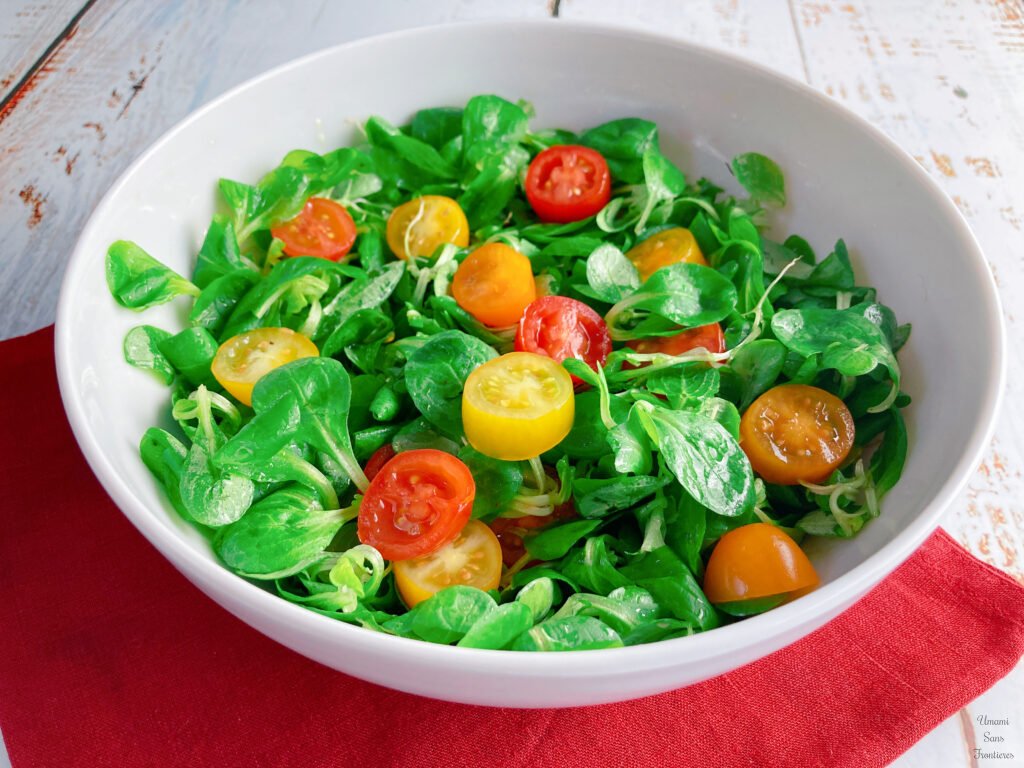
3. Balsamic Vinegar 🇮🇹
Balsamic vinegar is a must-have in Italian cuisine! Originating from Modena, Italy, it’s made by reducing grape must and aging it until it develops a rich, complex flavor. Its deep, almost black color and balanced sweet-and-tart profile bring a touch of elegance and depth to any dish—even in small amounts.
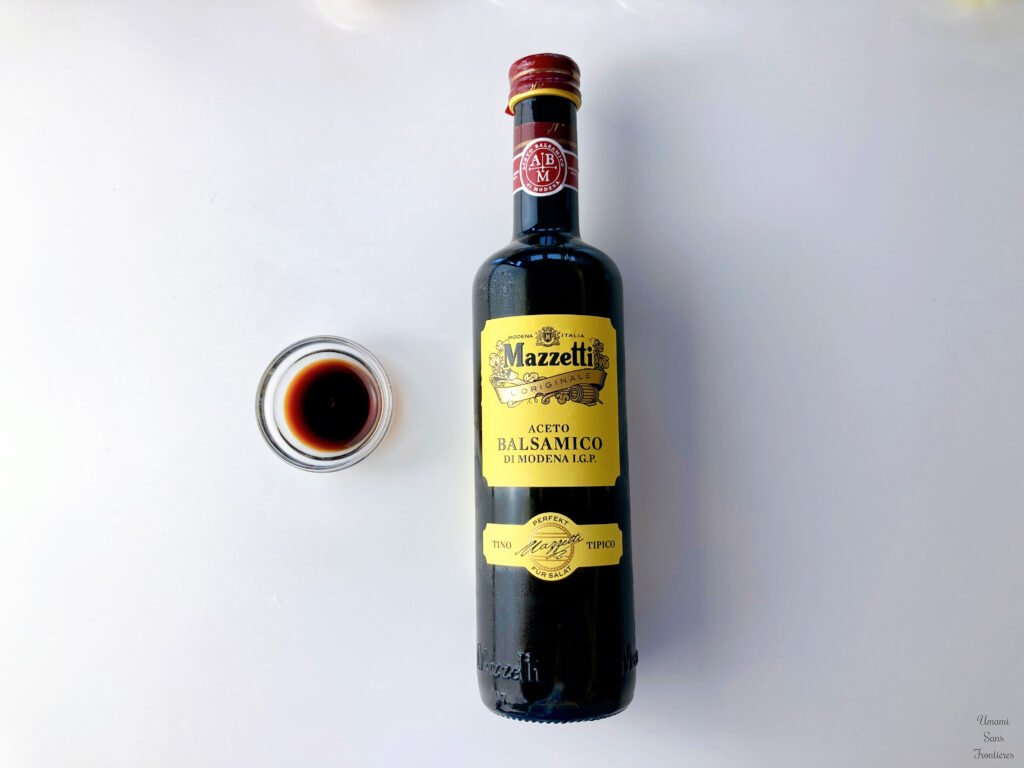
Health benefits:
Balsamic vinegar is said to be high in polyphenols, which act as antioxidants. The acetic acid it contains is also believed to aid digestion and support gut health. Plus, its organic acids (like citric and acetic acid) may help with energy metabolism and reduce fatigue. I always think: For quick recovery, go for balsamic! 😄
How I use it:
I love it in caprese salads (tomatoes and mozzarella), marinated peppers, or my Italian-style salad with arugula, prosciutto, and cheese—recipes you can also find on Umami. Beyond salads, I especially love reducing balsamic vinegar with honey to make a glossy, sweet-and-sour glaze for duck or pork. It instantly turns a simple meat dish into something restaurant-worthy.
👉 Italian salad with arugula, prosciutto, and cheese
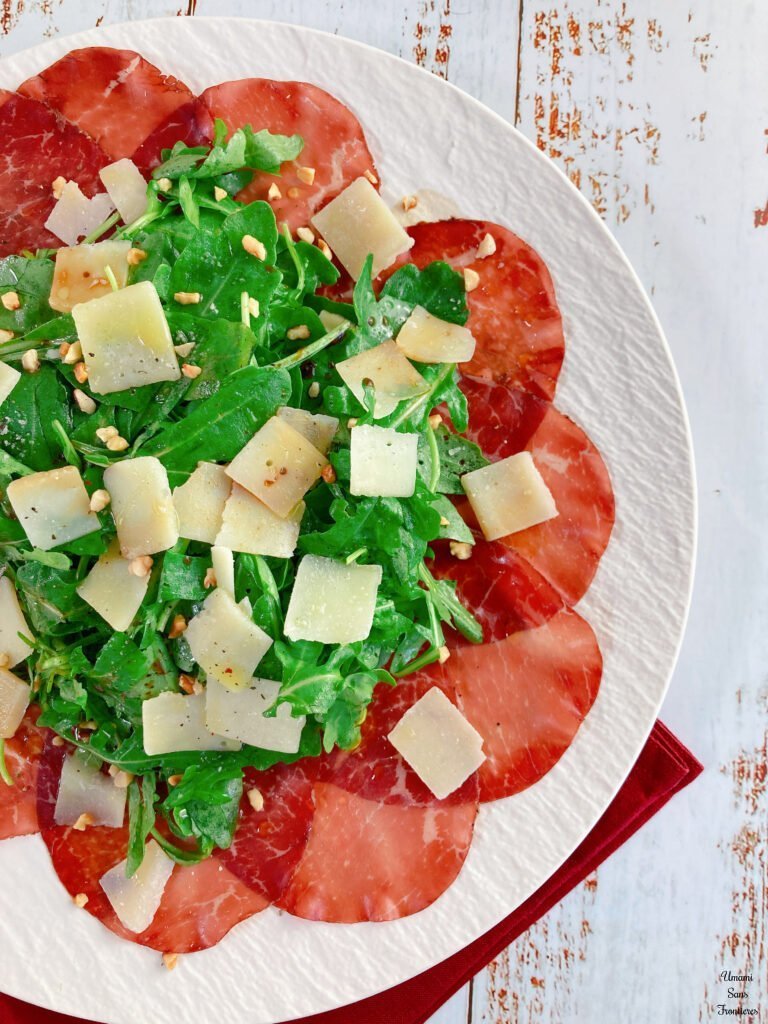
👉 Duck Breast with Honey and Balsamic Sauce – Magret de canard au miel et balsamique

❤️My Go-To Simple Dressing
I always make a very simple salad dressing: 1 tablespoon of vinegar, 2 tablespoons of olive oil, plus just a pinch of salt and pepper (in France, though, they often add a teaspoon of Dijon mustard for a gentle kick and extra depth of flavor). I discovered this style when I was studying in France. One day, while making salad with a Swedish friend and a Swiss friend, they simply added vinegar, olive oil, and a few fresh herbs from the garden. It was such a natural and healthy approach that it became my standard. My mother-in-law’s seasoning style is just as simple, which made me realize: Sometimes less is truly more.
🌟P.S.
Since I’m Japanese, I naturally turn to Japanese rice vinegar when making chirashi sushi or other Japanese dishes. 🇯🇵Today I focused on my favorite Western-style vinegars, but I’d love to share the wonders of Japanese vinegar another time.😊
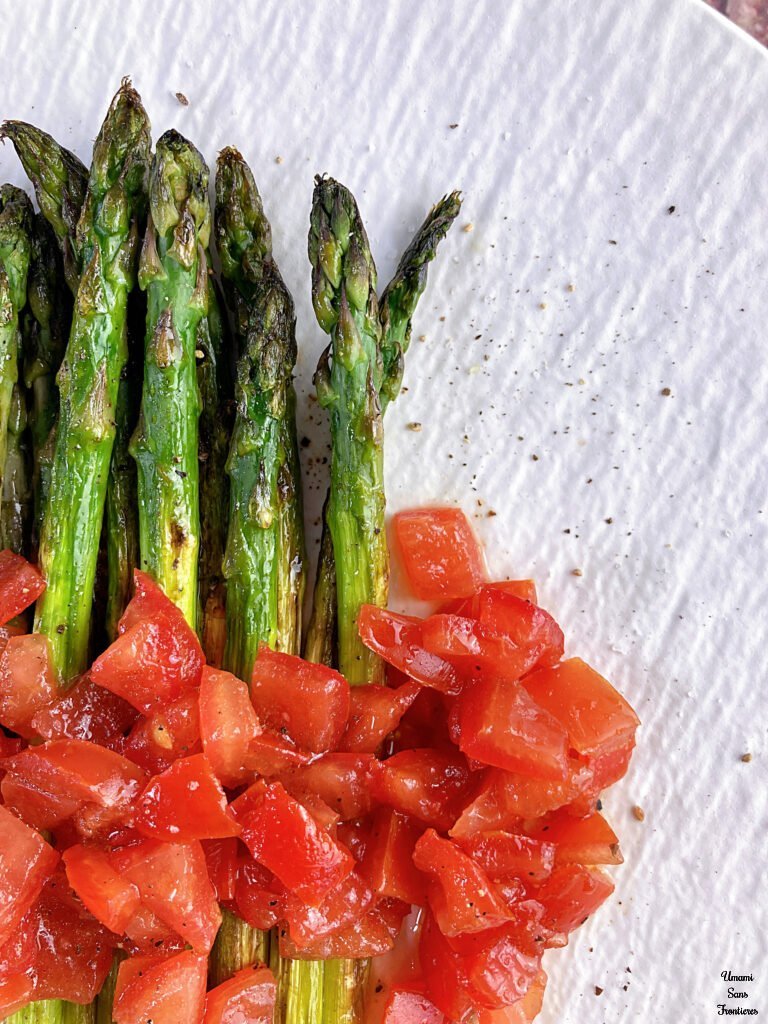
👉 Grilled Asparagus with Chilled Tomato Dressing

